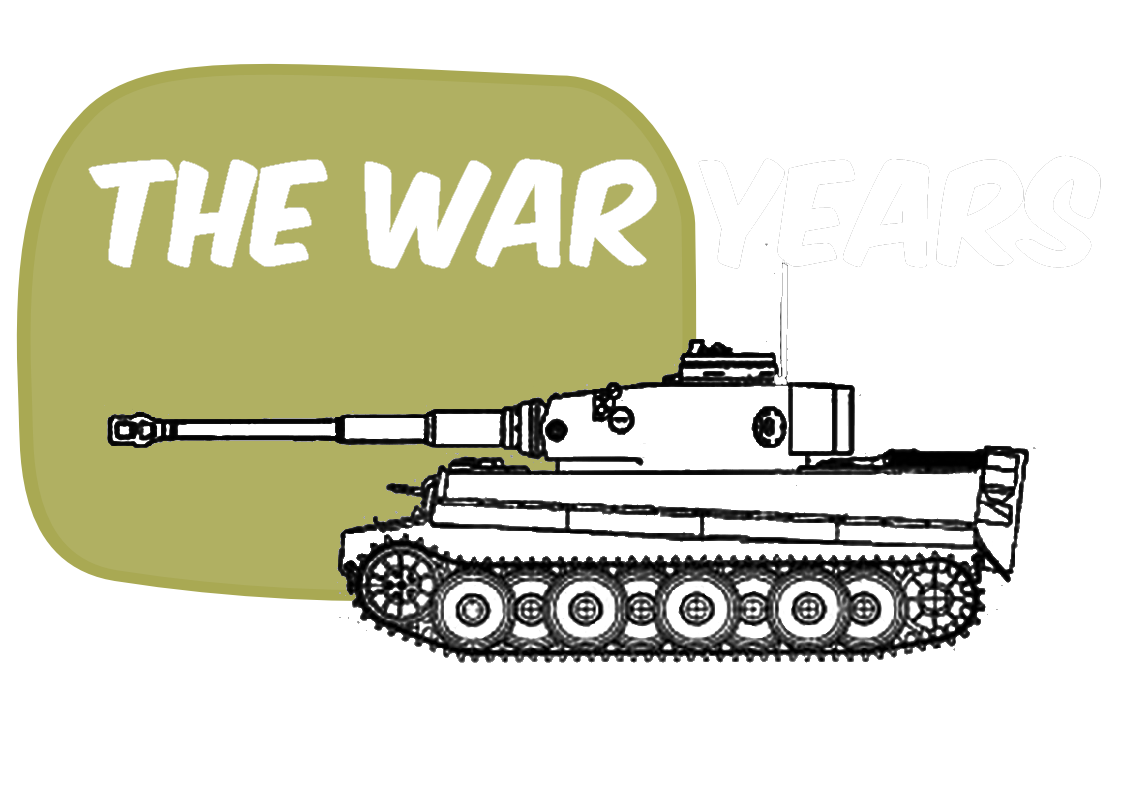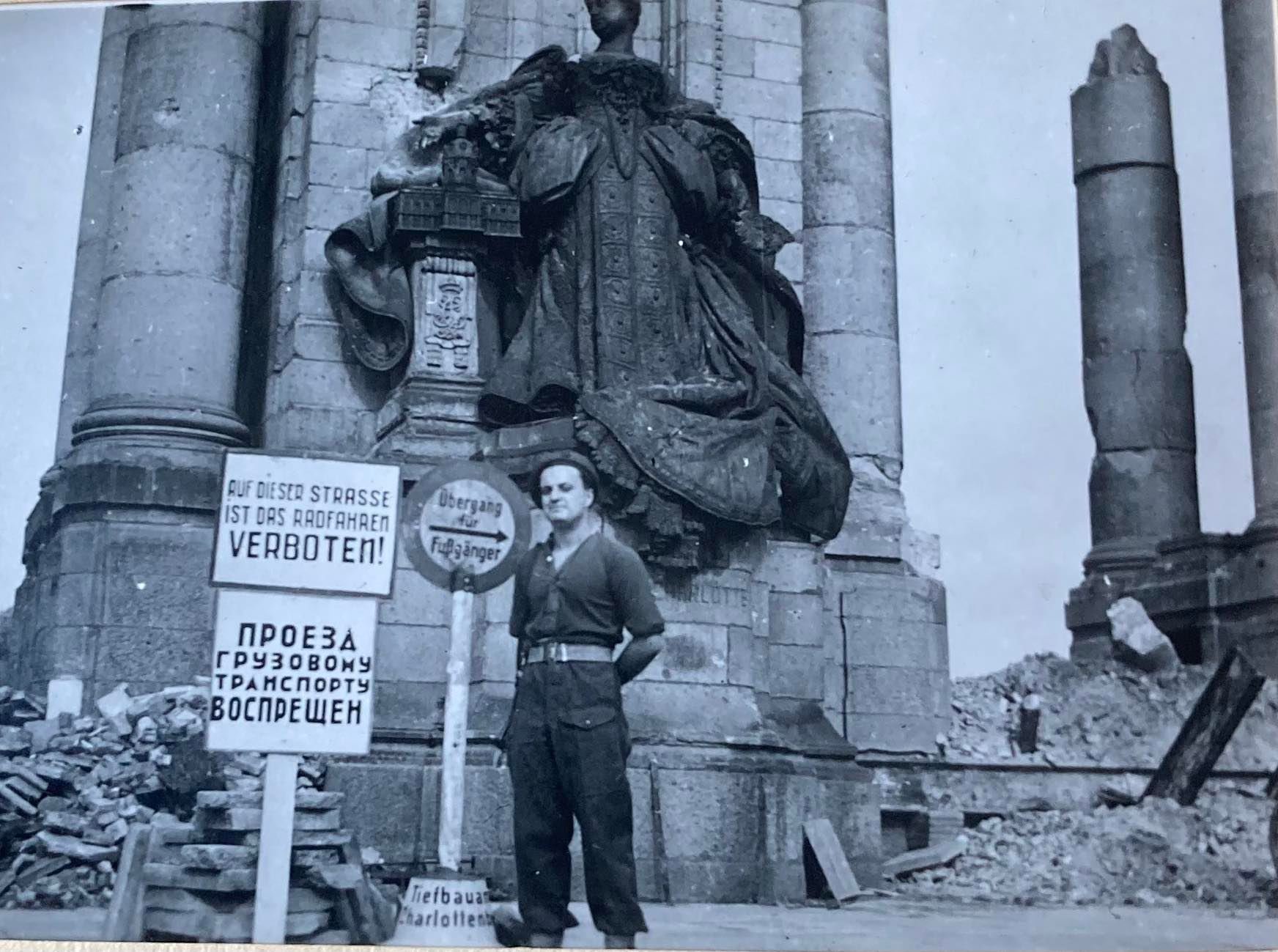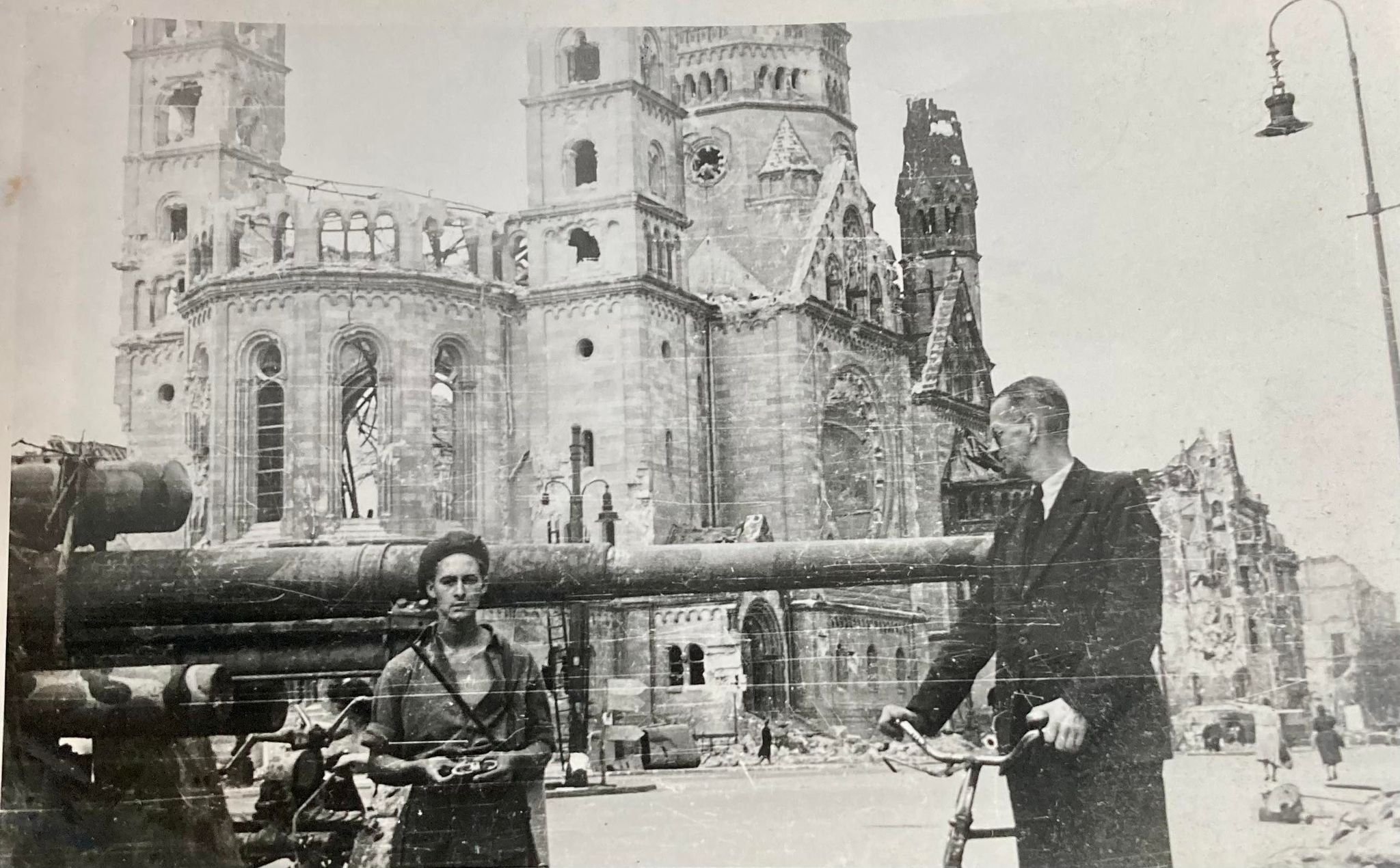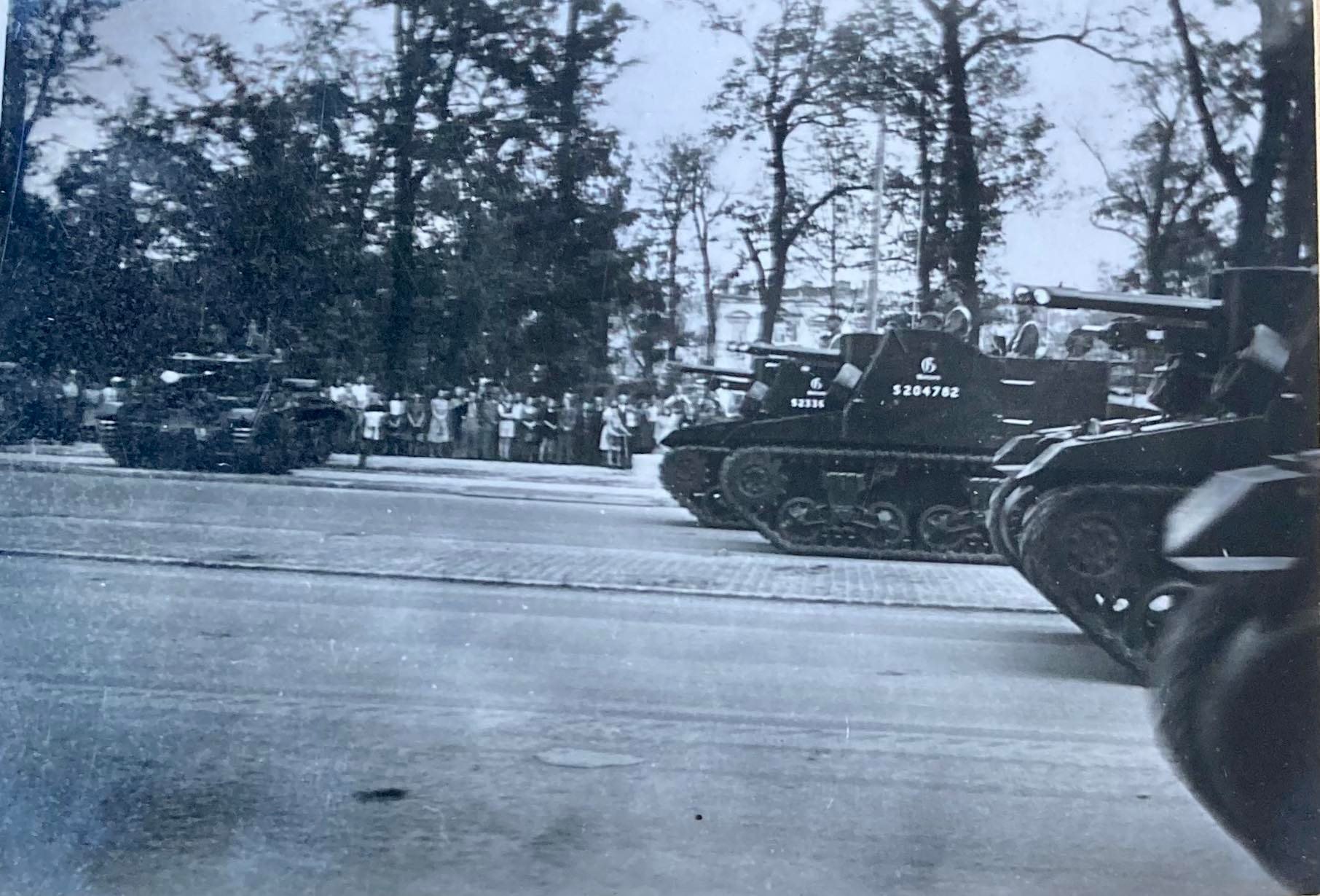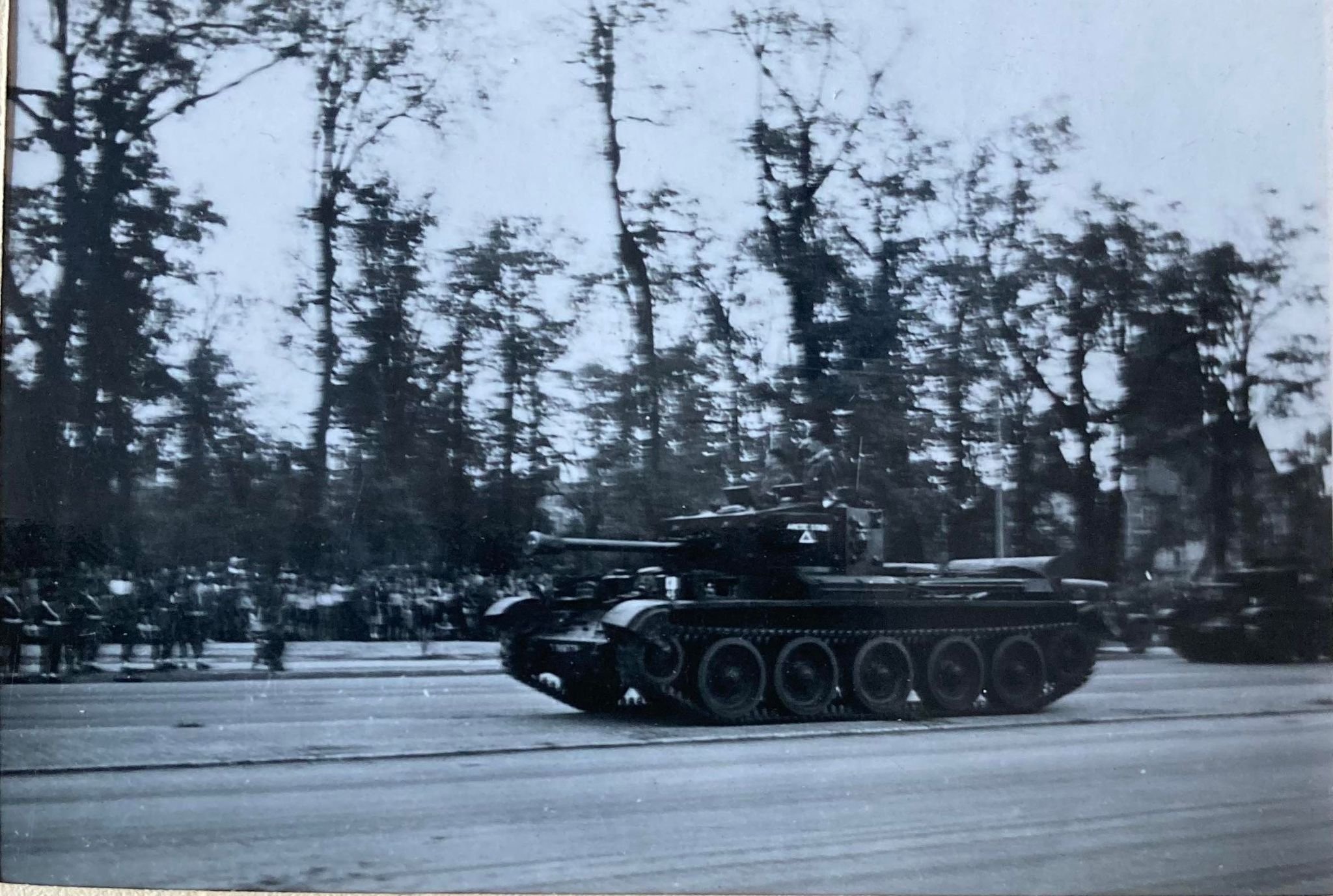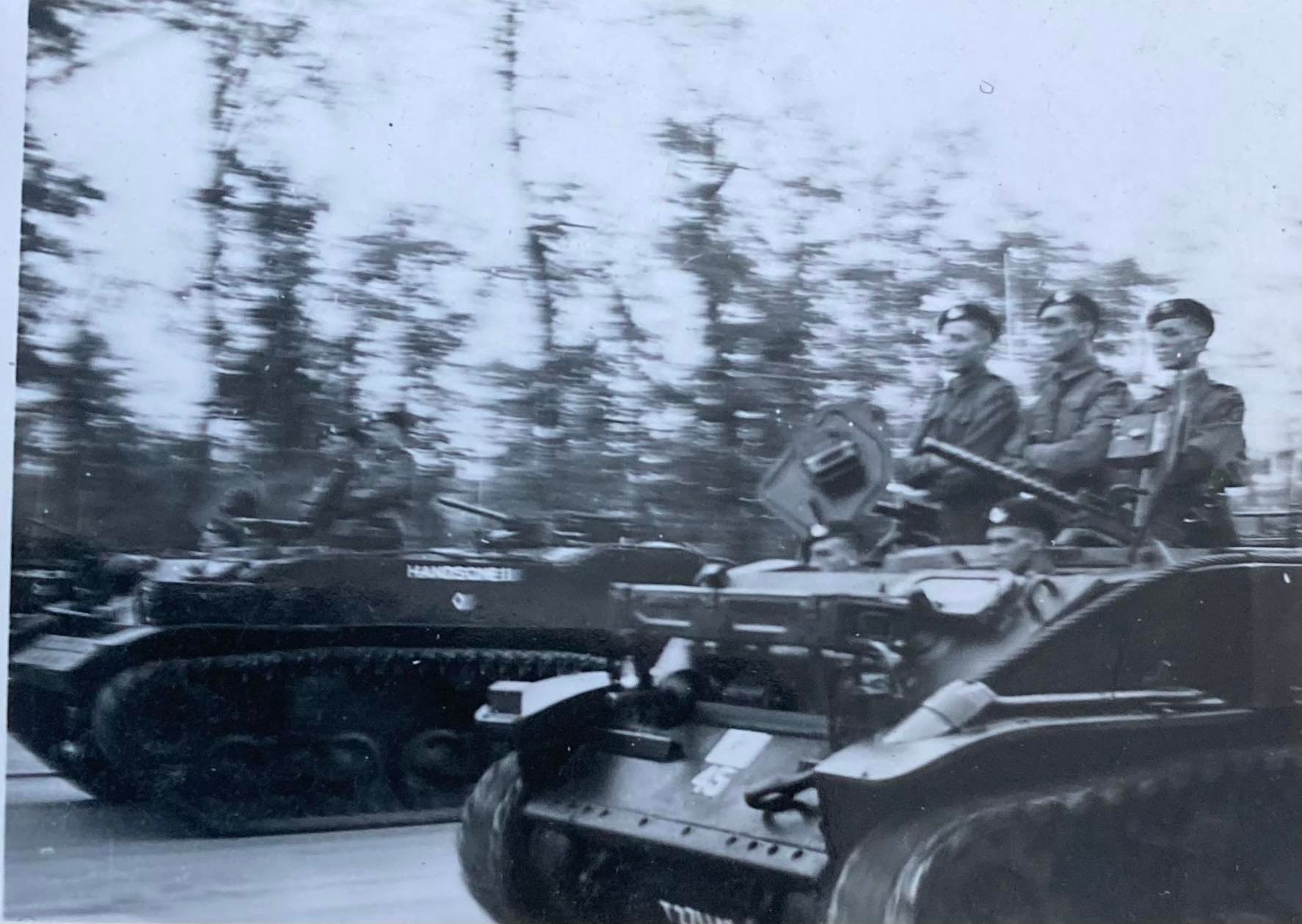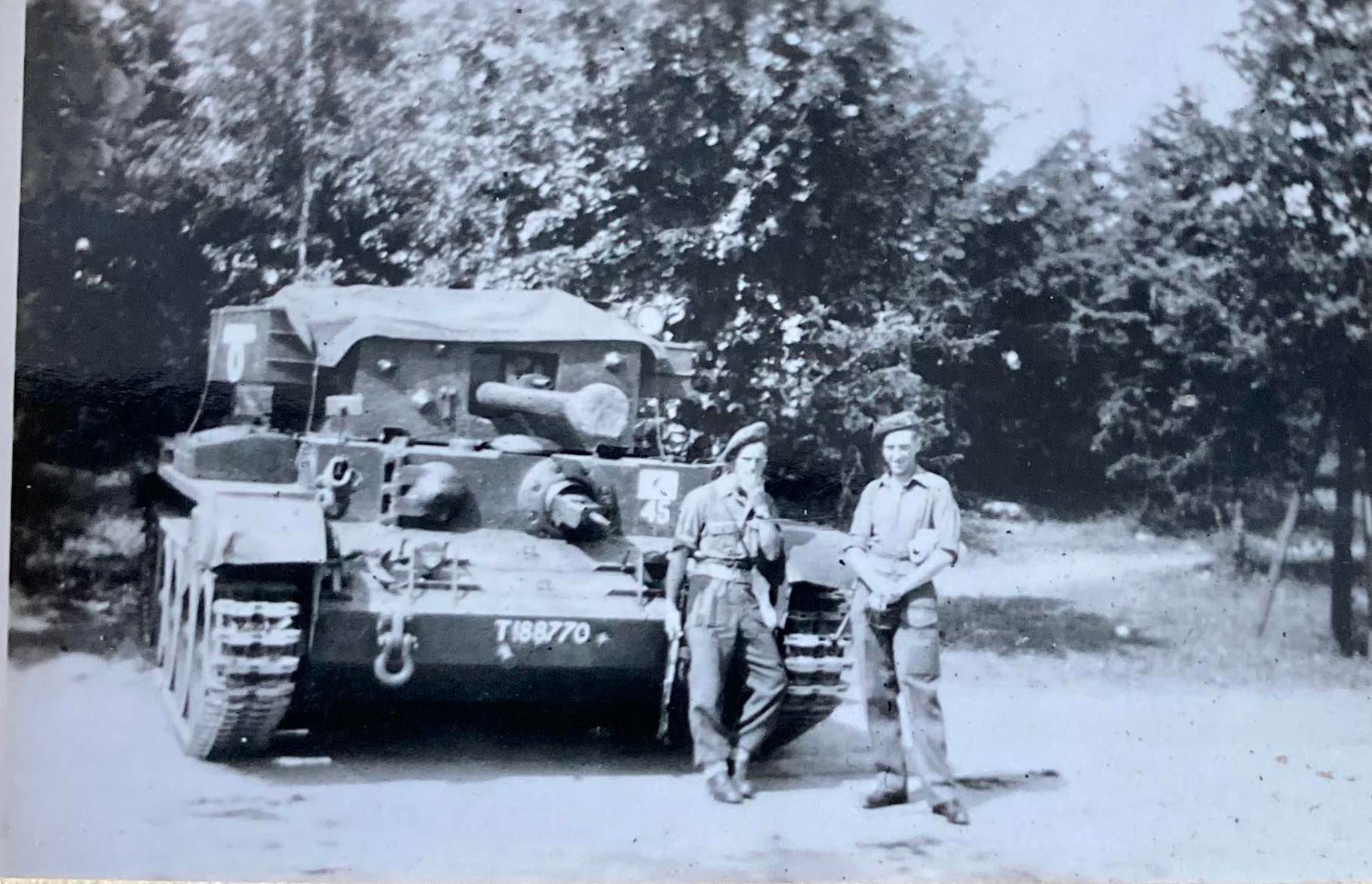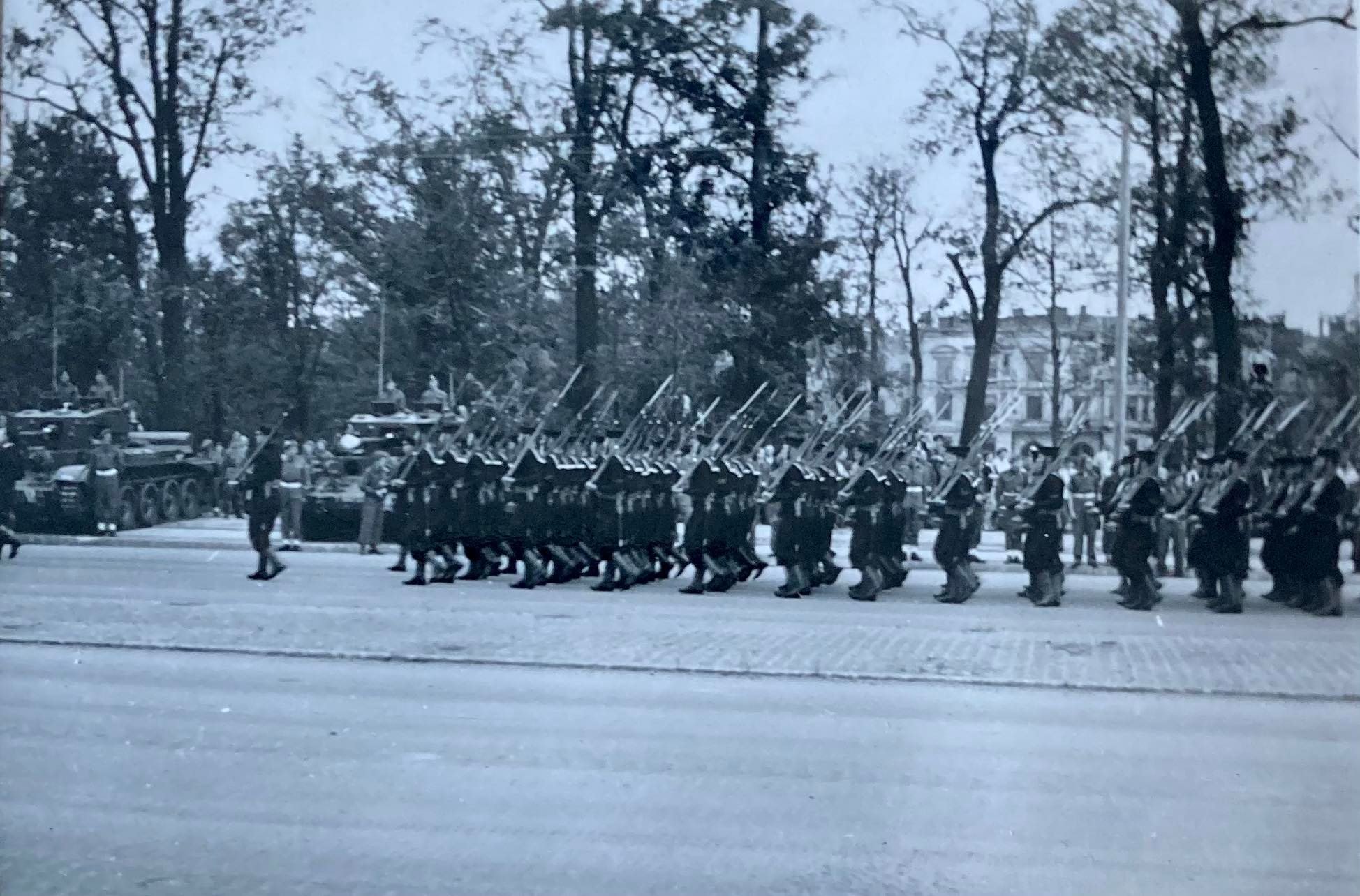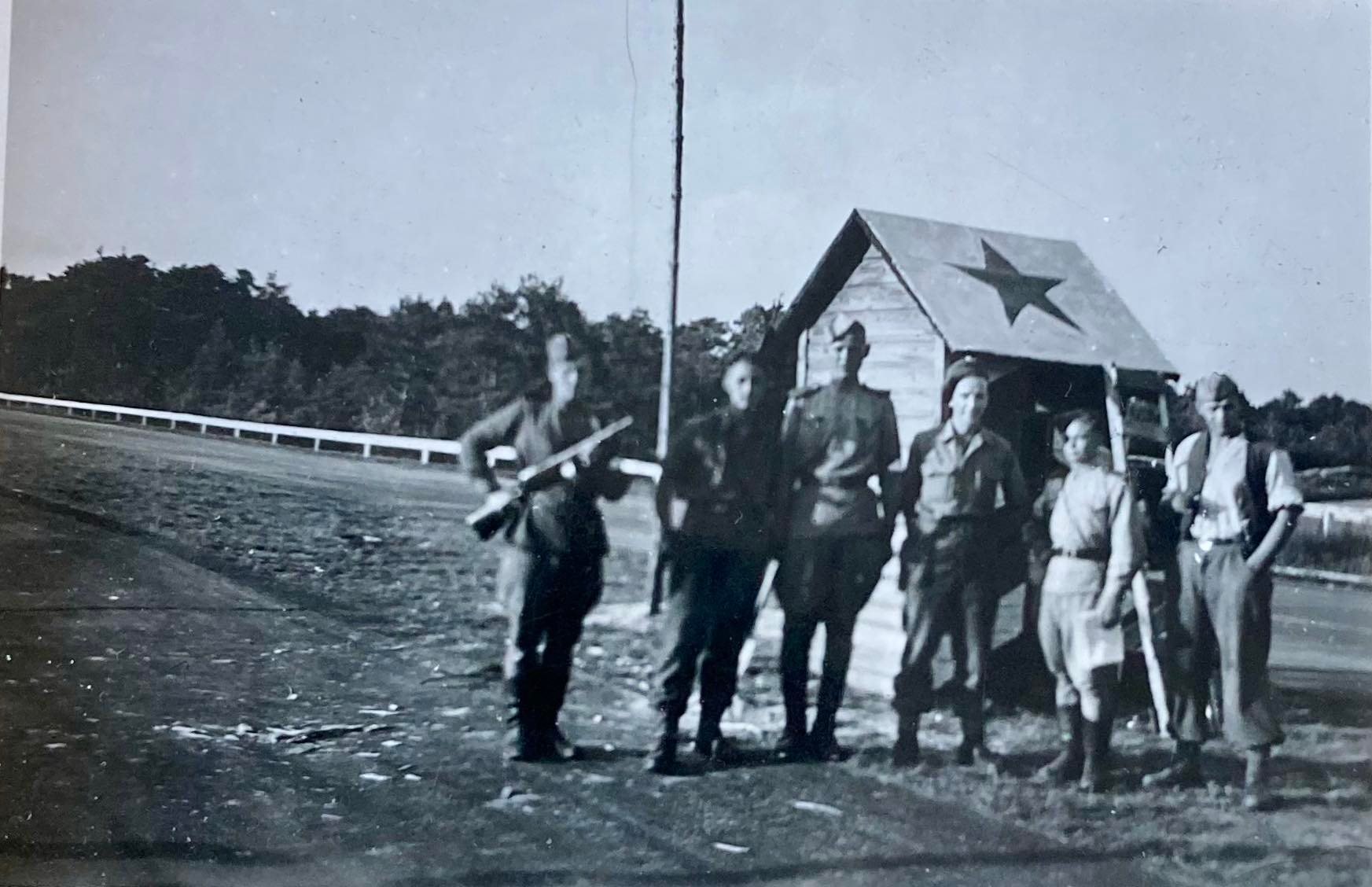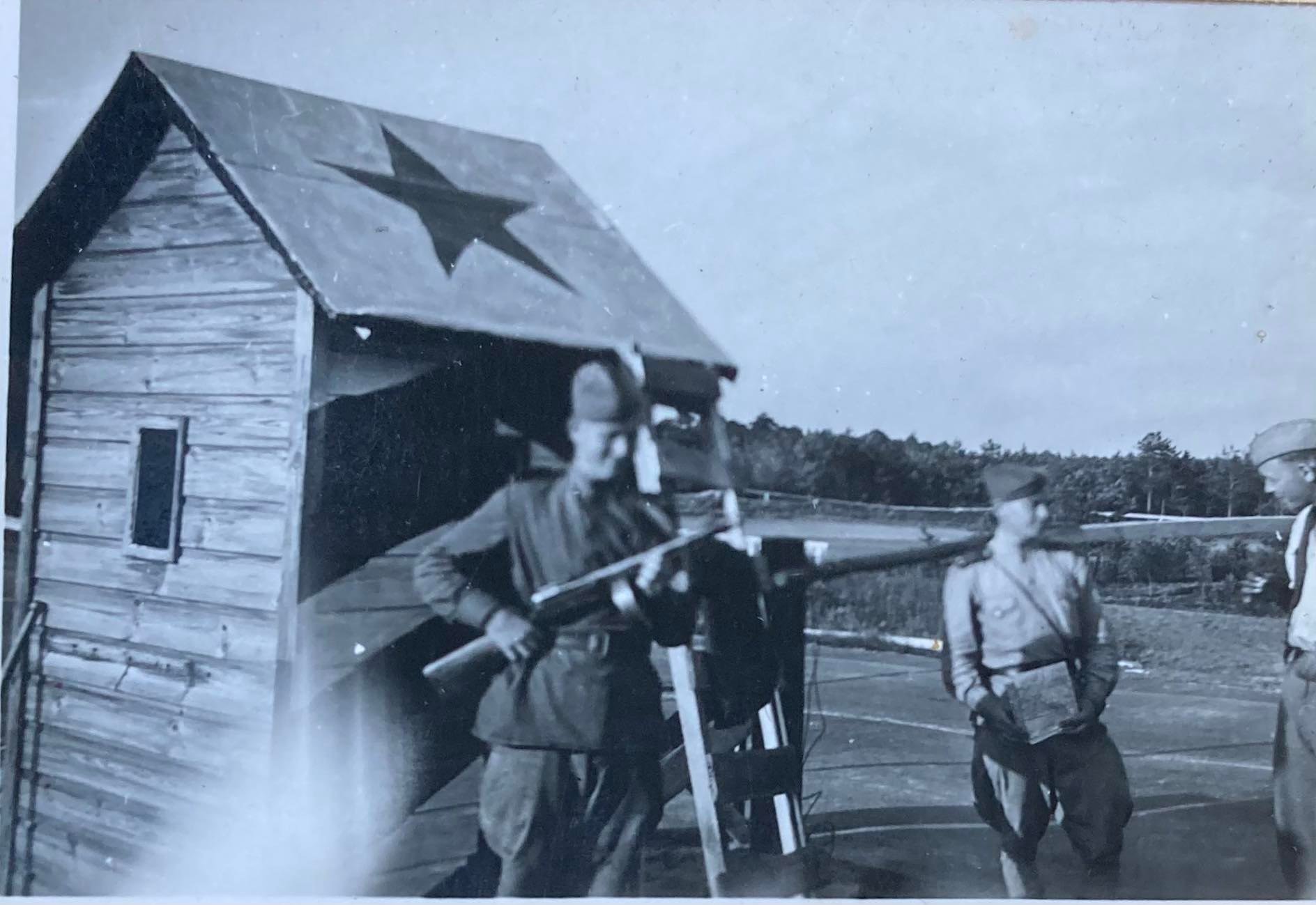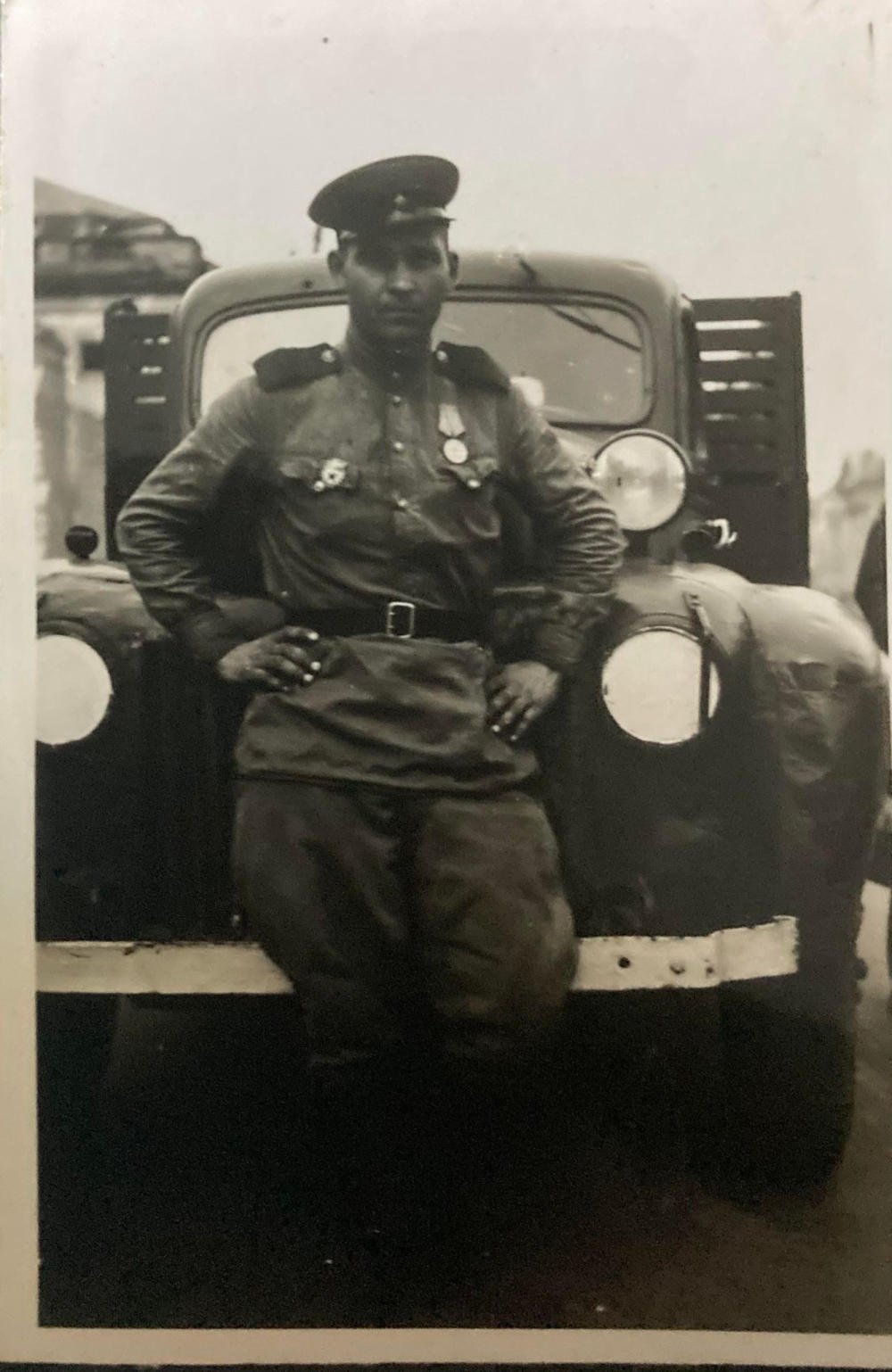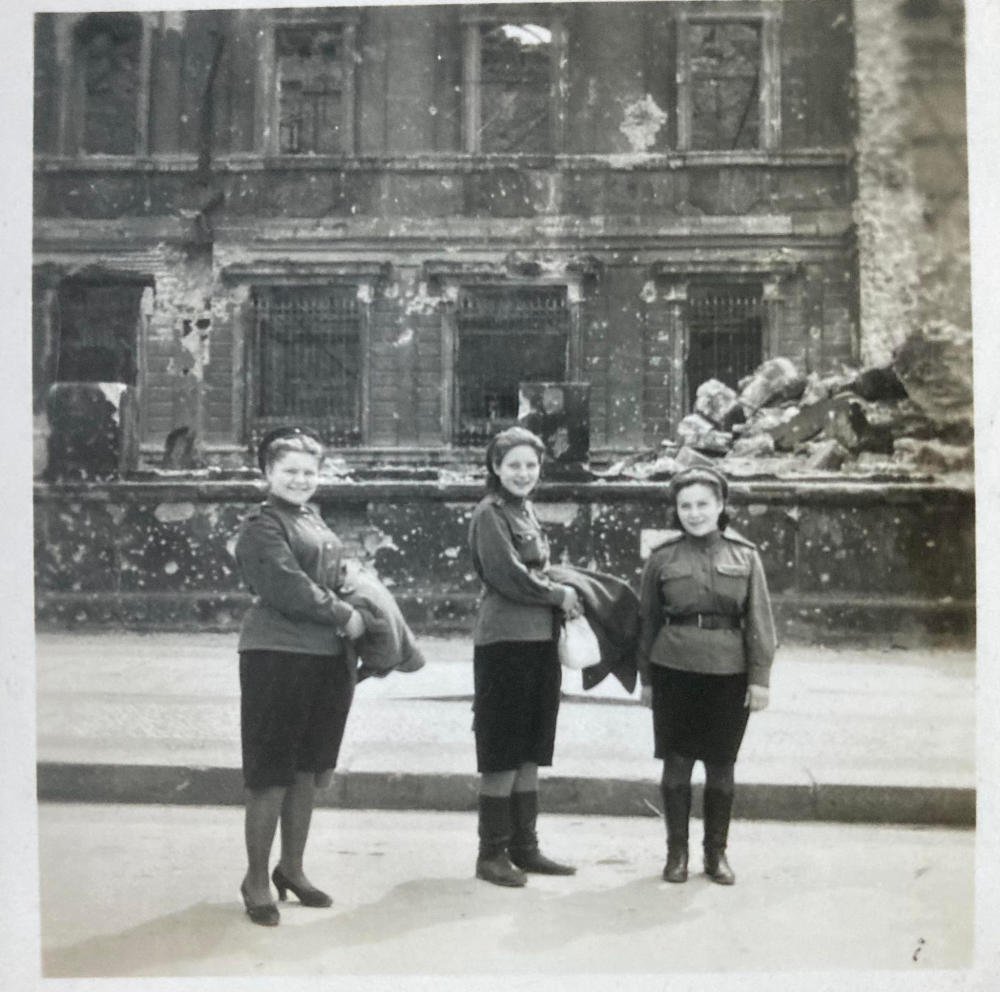
The Second World War resulted in the deaths of around 85 million people. Additionally, tens of millions more people were displaced. However, amid all the carnage people demonstrated remarkable courage, fortitude, compassion, mercy and sacrifice. We would like to honour and celebrate all of those people. In the War Years Blog, we examine the extraordinary experiences of individual service personnel. We also review military history books, events, and museums. And we look at the history of unique World War Two artefacts, medals, and anything else of interest.
HURRICANE: The poignant biography of the plane that won the war.
HURRICANE: The Plane That Won the War by Jacky Hyams tells the story of the Hawker Hurricane and the people who designed it, built it, fought in it, and maintained and repaired it. Read the full book review now.
One British aircraft of the Second World War has come to symbolize the indomitable spirit of the nation during the dark days of 1940, the Supermarine Spitfire. However, it was the Hawker Hurricane that shot down more than half of the Luftwaffe’s raiders during the Battle of Britain. In Jacky Hyams’s new book, HURRICANE: The Plane That Won the War, published by Michael O’Mara Books Limited, the bestselling author attempts to set the record straight.
HURRICANE is an account of how the aircraft was designed, built and its service history. The book is also a testament to the pilots, the Air Transport Auxiliary, the ground crews, and the many unsung heroes of the production line. The stubby Hawker Hurricane or ‘Hurri’ as it was affectionately known was the brainchild of entrepreneurial aircraft manufacturer Sir Tommy Sopwith and Chief Designer, Sir Sydney Camm. Today, Camm is largely forgotten while the name of R.J. Mitchell, the designer of the Spitfire, is familiar to many. Yet, Camm would lead the design teams of the Hawker Typhoon, Hawker Tempest, and the post-war marvel, the Hawker Siddeley Harrier ‘jump jet’.
The Hurricane was the first monoplane fighter to enter service with the RAF, although the Bristol M1 was briefly in service at the end of the First World War. Partially constructed from wood and canvas, the Hurricane was quicker and cheaper to manufacture than its more glamorous stable mate, the Spitfire. The Hurri was also a more rugged aircraft, capable of withstanding Luftwaffe punishment that the Spitfire could not. The aircraft’s simple design meant that during the critical days of the Battle of Britain, seemingly unrepairable planes were patched up and put back into service by maintenance units. By the 15th of September 1940, the Hawker Hurricane had shot down more enemy aircraft than all other types of RAF aircraft and anti-aircraft (AA) guns put together.
Using a combination of archive materials and first-hand accounts, Jacky Hyams’s book retells more than just the history of the Hawker Hurricane. It is a book about the countless human stories of quiet courage, sacrifice, hard work, and emotional strain that the factory workers, pilots, and ground crews endured throughout the Second World War. The author keeps the technical jargon and military acronyms to a minimum, and when used she provides short, concise explanations.
Over the post-war period, the Hurri has proven fertile ground for authors, historians, and aircraft enthusiasts with over a hundred books and articles published on the subject. So, it might be fair to say there isn’t too much new to say about the fighter. Nevertheless, Jacky Hyams’s book is engaging, easy to read, poignant, and informative in turn.
By the end of its operational life, the Hawker Hurricane had served in every major theatre of the Second World War and flown with numerous air forces from Australia to Yugoslavia. Around 25 different variants of the aircraft were eventually produced, from Hawker Sea Hurricane to tank-busting ground attack aircraft. Together with the countless men and women who gave themselves so tirelessly to defeat tyranny perhaps Sir Sydney Camm’s stubby little aircraft, the Hawker Hurricane, was the plane that won the war.
The British Army’s Occupation of Northwest Germany after May 1945
In this article, we will focus on the British occupation of Germany after May 1945, the British Army's occupation of West Berlin, the Victory Parade of July 1945, and relations with the Soviets.
After the defeat of Nazi Germany in May 1945, the victorious Allied powers divided the country into four occupation zones, each controlled by one of the four occupying powers - the United States, Great Britain, France, and the Soviet Union. This division of Germany would mark the beginning of a new era for the country, as it faced a long and difficult process of reconstruction and democratization. In this article, we will focus on the British occupation of Germany after May 1945, the British Army's occupation of West Berlin, the Victory Parade of July 1945, and relations with the Soviets.
The British Occupation of Germany after May 1945
On 25 August 1945, Field Marshal Montgomery's 21st Army Group was renamed the British Army of the Rhine (BAOR). It was responsible for the occupation and administration of the British Zone in northwest Germany, including the cities of Hamburg and Bremen, assisted by the Control Commission Germany (CCG). The CCG took over aspects of local government, policing, housing and transport.
Their primary objective was to demilitarize and disarm the defeated German forces, as well as to dismantle the Nazi regime and bring war criminals to justice. The British forces, under the command of Field Marshal Bernard Montgomery, faced a daunting task, as Germany was in a state of complete chaos and disarray.
One of the first challenges the British faced was dealing with the large numbers of displaced persons, refugees, and prisoners of war. The British Army, along with other Allied powers, established numerous displaced persons camps and worked to repatriate prisoners of war and refugees to their home countries. The British also faced the challenge of providing food and shelter to the German population, which was suffering from severe shortages of basic necessities such as food, fuel, and medicine. The BAOR mobilised former enemy soldiers into the German Civil Labour Organisation (GCLO), providing paid work and accommodation for over 50,000 Germans by late 1947.
The BAOR was also responsible for pursuing suspected war criminals in its zone of occupation. It established the British Army War Crimes Investigation Teams (WCIT) and was assisted by other units, including the Special Air Service (SAS). The most famous Nazi caught by the British was Heinrich Himmler, chief of the SS and one of the main architects of the Holocaust. He was arrested at a checkpoint and taken to an interrogation camp near Lüneburg. However, Himmler was able to escape prosecution for his crimes by committing suicide with a concealed cyanide pill. Political support for war crimes prosecutions soon declined as relations with the Soviet Union deteriorated. It soon became a political necessity for the Western powers to make friends with the Germans rather than prosecute them.
The British Sector of Berlin 1945
The British Army's occupation of the British sector of Berlin in 1945 was a key moment in the post-war history of Germany. Berlin, which was located deep within the Soviet-occupied zone of Germany, was divided into four sectors, with the Soviet Union, the United States, Great Britain, and France each controlling a sector. The British sector was in the western part of the city.
The British Army faced numerous challenges in the occupation of Berlin. The city had been heavily bombed during the war, and many buildings were in ruins. The British Army worked to rebuild the city's infrastructure and provide basic services such as water, electricity, and sanitation.
Another major challenge faced by the British Army was dealing with the Soviet Red Army, which was stationed in and around Berlin. The relationship between the British and the Soviets was strained, with tensions running high over issues such as the repatriation of Soviet prisoners of war and the control of Berlin. The British Army, along with the other Allied powers, worked to maintain a delicate balance of power in the city, while also providing security and maintaining order.
The Victory Parade of July 1945
On 21 July 1945, the British held a victory parade through the ruins of Berlin to commemorate and celebrate the end of the Second World War. Around 10,000 troops of the British 7th Armoured Division, the famous 'Desert Rats', were paraded under review by British Prime Minister Winston Churchill and Field Marshal Bernard Montgomery. On 7 September 1945, there was another parade featuring all the victorious Allies, but neither Montgomery nor U.S. General Dwight D Eisenhower attended. This gesture signified a deterioration in the relationship between the Allies, as differences in ideology between the West and the Soviet Union were becoming harder to ignore and the slide towards a Cold War had begun.
British Pathe News footage of the Berlin Victory Parade, 21 July 1945.
An Iron Curtain
Relations between the Western powers and the Soviet Union deteriorated immediately following the end of the war in Europe. The main sources of tension were the Soviet Union's unwillingness to allow democratic governments to emerge in Eastern Europe, and its desire to maintain a sphere of influence in the region. The Western powers, led by the United States, saw this as a threat to their own security and interests.
The Soviet Union's aggressive actions in the post-war period, including the establishment of communist governments in Poland, Hungary, and Czechoslovakia, fuelled Western fears of Soviet expansionism. The United States responded by implementing the Truman Doctrine, which committed the U.S. to support countries threatened by communism, and by providing economic and military aid to Western Europe through the Marshall Plan.
Tensions between the West and the Soviet Union reached a boiling point in 1947 when the Soviet Union refused to participate in the Marshall Plan and instead formed its own economic bloc, the Council for Mutual Economic Assistance (COMECON). In 1948, the Soviet Union blockaded Berlin, prompting the Western powers to launch the Berlin Airlift to supply the city.
On March 5, 1946, former British Prime Minister Winston Churchill delivered his famous "Iron Curtain" speech at Westminster College in Fulton, Missouri. In this speech, Churchill warned of the growing Soviet threat in Europe and called for a closer alliance between the United States and Great Britain to contain Soviet aggression. The speech marked a turning point in the post-war era and is considered a seminal moment in the Cold War.
In 1949, the three western occupation zones were merged to form the Federal Republic of Germany (West Germany). The Soviets followed suit in October 1949 with the establishment of the German Democratic Republic (East Germany). In 1955, West Germany joined NATO and was encouraged to build a new military, the Bundeswehr. In response, the Communist states of Eastern Europe formed the Warsaw Pact.
Sources:
Photography/Images:
All photographs used to illustrate this article were taken by my relative George Trumpess who was stationed in Minden, Germany, and travelled regularly to Berlin during the summer of 1945.
Two Books on the Tank War for Northwest Europe
In this double book review, we look at two very different titles that both look at the tank war in Northwest Europe from very different perspectives. Ken Tout's book A Fine Night for Tanks takes an almost forensic look at Operation Totalize. Tank Action by David Render is a very personal portrait of the Allied advance from the Normandy beaches to Germany from the viewpoint of a junior tank commander.
The last year of the war in Northwest Europe was a bloody and protracted affair, especially if you were in an M4 Sherman tank at the cutting edge of the Allied advance. A Fine Night for Tanks, The Road to Falaise, by Ken Tout (originally published in 1998) takes an almost forensic look at Operation Totalize. In stark contrast, Tank Action by David Render with Stuart Tootal, An Armoured Troop Commander’s War 1944-45, recalls the very personal war experiences of a junior British tank officer.
A Fine Night for Tanks, The Road to Falaise
Ken Tout’s book is a detailed study of the various elements of the joint British and Canadian operation to break the German line south of Caen and ultimately help close the Falaise Gap. After a successful night attack using tanks and troops mounted in hastily converted M7 Priest self-propelled gun carriages, nicknamed Kangaroos, the operation stalled. Historically, Operational Totalize has generally been regarded as just another hammer blow against the 1st SS Panzer Corps. Preceding operations such as Epsom, Windsor and Charnwood were bloody battles of attrition costing thousands of men and hundreds of tanks on both sides. However, the difference was the Germans could ill-afford such grievous losses while the Allies had a seemingly endless supply of replacements.
The Death of Wittmann
An interesting footnote to Operation Totalize was the death of German panzer ace, Michael Wittmann. An SS-Hauptsturmführer with the 101st SS Heavy Panzer Battalion, Wittmann is credited with around 135 tank kills. Although completely unknown to Allied troops during the war, Wittmann has become legendary, especially for his encounter with the British 7th Armoured Division at the Norman town of Villers-Bocage. The circumstances of Wittmann’s death during Operation Totalize have been much debated. Ken Tout tells how Trooper Joe Ekins, 1st Northamptonshire Yeomanry, the gunner in a Sherman Firefly, caught Wittmann’s Tiger in the open and fired the fatal shot. I had the pleasure to meet Joe Ekins briefly at Tankfest a few years ago.
While being informative and easy to read, Ken Tout’s book does have a number of factual errors and typos, such as repeatedly referring to a Panther’s 88mm gun when it was armed with a 75mm.
Tank Action
Tank Action by David Render tells his very personal story of fighting across Northwest Europe from the D-Day beaches and infamous bocage countryside to Holland and finally into Germany. Render paints a vivid picture of life as a Troop Commander of an M4 Sherman tank with all its discomforts and many dangers. Render explains the many shortcomings of the standard M4 from its thin armour and high profile to its 75mm gun. The Sherman lacked the penetrating firepower of German 88mm anti-tank guns, Panzerfaust handheld anti-tank weapons and most types of panzer. However, probably the single most worrying feature of the Sherman was its terrifying propensity to burst into flames the moment it was hit. The Germans called the Sherman the “Tommy Cooker” while British tank crews renamed it the “Ronson” after a popular brand of cigarette lighter famed for its ability to light first time.
Two Weeks Life Expectancy
As well as the many deficiencies of British Army equipment, Render also describes the amazing comradeship, courage and ingenuity of officers and men fighting against a determined, well-armed enemy. As a junior officer, Render’s life expectancy was just two weeks once he went into the line. Over a year of almost constant action, Render would find that his mental and physical reserves quickly eroded. He freely admits that fear threatened to overwhelm him every time he was ordered to climb back into his Sherman and continue the advance.
War without End
The Sherwood Rangers Yeomanry had seen extensive action in North Africa (1940-1943) prior to David Render joining them. Once in Normandy, he noticed that prolonged exposure to combat had made many of the desert veterans excessively cautious and unreliable. On the job training was the order of the day. He would have to learn his craft from bitter, hard won experience as he and his crew fought across Normandy, Belgium, Holland and into Germany. By war’s end, the Sherwood Rangers would have earned 30 battle honours, 78 gallantry awards at the cost of 827 casualties killed, wounded and missing. However, for many of the veterans the war would never be over. At aged 90, and with a successful business career behind him, David Render remains haunted by the loss of many comrades, and one in particular. His great friend, Harry Heenan, killed in a freak accident just after saving David’s life during an engagement with a concealed 88mm anti-tank gun.
David Render’s book is a very personal, first-hand account of the tank war in Northwest Europe. In Render’s world, soldiers seldom knew what was happening in the next field or hedgerow. They knew nothing of the strategic decisions being made by Allied high commanders like Eisenhower, Montgomery or General Brian Horrocks. Instead, they focused on keeping their tanks ready for the next day’s action. They worried about being caught in a burning tank as it “brewed up”. They foraged for extra food to supplement their meagre rations. They struggled against fatigue, fear, and the terrible odds against any of them making it through alive. Sadly, David Render recently died aged 92.
